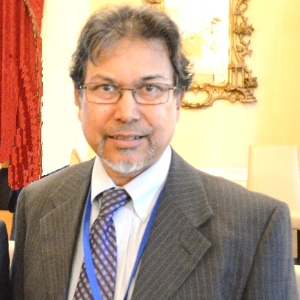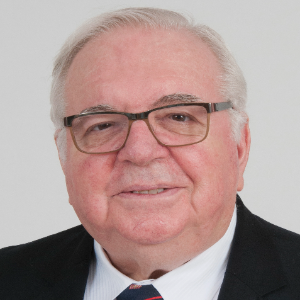Life without batteries would be a trip back in time, perhaps a century or two, when steam power or clockwork were pretty much the only sources of portable energy. Batteries, which can be as small as a fingernail or as large as a trunk, provide a reliable and consistent supply of electrical energy whenever and wherever we need it. A battery is a self-contained chemical power source that can create a finite amount of electrical energy when needed. Unlike regular electricity, which is delivered to your home via cables that originate at a power plant, a battery gradually turns chemicals stored within it into electrical energy, which is then released over days, weeks, months, or even years.
The characteristic component of a solid-state battery is the solid-state electrolyte (SSE), which is a solid ionic conductor and electron-insulating substance. It has applications in electrical energy storage (EES) as a liquid electrolyte replacement, particularly in lithium-ion batteries. The commercially available Li-ion battery contains a separator that keeps the cathode and anode separated by a liquid electrolyte solution. Solid-state batteries, on the other hand, use solid electrolyte rather than liquid electrolyte solution, and the solid electrolyte also serves as a separator. A solid-state battery with a solid electrolyte has greater stability and safety due to its solid structure, which keeps the form even if the electrolyte is disturbed.
- Primary batteries
- Secondary batteries

Ephraim Suhir
Portland State University, United States
Thomas J Webster
Interstellar Therapeutics, United States
Robert Buenker
University of Wuppertal, Germany
Will Skene
Montreal University, Canada
Valeriy A Buryachenko
Micromechanics & Composites LLC, United States
Anis Rahman
Applied Research & Photonics, Inc, United States
Will Skene
Montreal University, Canada
Robert Guidoin
Laval University, Canada
Robert Buenker
University of Wuppertal, Germany


Title : Introducing picotechnology: An exciting extension of nanotechnology
Thomas J Webster, Interstellar Therapeutics, United States
Title : The failure of both einsteins space-time theory and his equivalence principle and their resolution by the uniform scaling method
Robert Buenker, University of Wuppertal, Germany
Title : Material challenges with proton conducting ceramics for intermediate temperature hydrogenation/dehydrogenation applications
Saheli Biswas, Commonwealth Scientific and Industrial Research Organisation, Australia
Title : Porphyrin layers at metal-electrolyte interfaces monitored by EC-STM and CV
Marek Nowicki, University of Wroclaw, Poland
Title : Color control of electrochromes by structural modification
Will Skene, Montreal University, Canada
Title : Make experiments more efficient: Two simple and powerful approaches. Mg2Si growth for photovoltaic and thermoelectric applications
Alexander S Gouralnik , Institute of Automation and Control Processes, Russian Federation
Title : Reconfigurable antenna structures using tunable materials
Nasimuddin, Institute for Infocomm Research, Singapore
Title : (0, 1 and 2) Dimensional hybrid architecture of the synthesized materials leads the smart sensing of the gaseous species at low/room temperature
D R Patil, North Maharashtra University, India
Title : Enhanced grain refinement, precipitates regulation, and improved mechanical properties of cast Al-Li alloy by Ti addition and heat treatment
Lixiong Shao, Shanghai Jiao Tong University, China
Title : Broadband sound attenuation of shape memory polymer with triangular-honeycomb unit cell metamaterial structural design
Musaab Ejaz, Universiti Teknologi PETRONAS (UTP), Malaysia